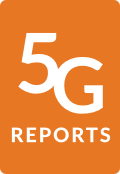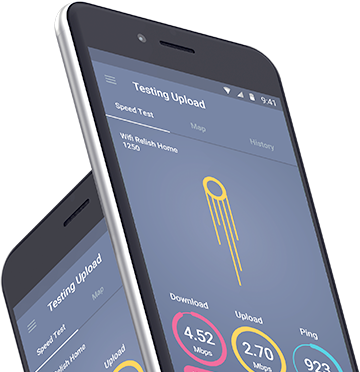Introduction
In Opensignal’s first comparison of the 5G experience across carriers in Canada, we found a mobile network experience landscape characterized by extreme competition. Out of seven awards for the taking, not one award category was won outright by any of the operators. Our users saw three-way statistical ties between Bell, Rogers and Telus on three metrics — 5G Availability, 5G Reach and 5G Upload Speed — and in the remaining categories, users saw ties between two operators.
Historically, Canada has been one of the leading 4G markets globally when it comes to mobile network experience. In our latest Global Mobile Network Experience Awards report, all three national carriers — Bell, Rogers, and Telus — placed in the top ten for Download Speed Experience, but when it comes to 5G, Canada is losing global leadership.
Due to challenges with limited 5G spectrum Canada is nowlosing ground in 5G compared with other countries. This change of fortunes as we enter the 5G era is likely because Canada’s carriers are limited to deploying 5G in lower spectrum bands for now, as the auction of the critical 3.5 GHz mid-band spectrum was delayed until June 2021 due to COVID-19. However, even then, Canadian carriers will have access in this auction to a very limited amount of spectrum in the 3.5 GHz band — 200 MHz (maximum of 150 MHz for Bell, Telus and Rogers) — which is significantly lower compared to many other 5G countries. The full capabilities of 5G are best realized through the wider channel sizes in the new 5G bands, as for users to enjoy the best 5G speeds, carriers need to be able to deploy 5G with 100 Mhz channel sizes which is extremely difficult for carriers to achieve without access to new mid-band spectrum.
In the future, Canada’s carriers need access to comparable amounts of new 5G spectrum to carriers in other countries. Otherwise, if Canada’s carriers are forced to continue to rely on re-using existing spectrum for 5G, or lower frequency bands for 5G that offer great coverage but lower capacity, then Canada risks falling further behind in the global 5G race for offering the best mobile network experience. Opensignal will continue to analyze the real-world 5G experience to see the impact on our users.




